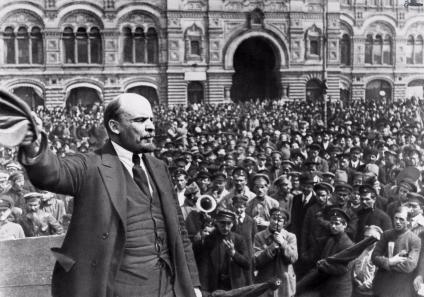Explain how the political, social and economic upheaval created by the aftermath of both the Russian Revolution and WW1 affected the production and content of classic Soviet Constructivist Cinema.
Cinema in pre-Soviet Russia was a neglected subject and was often actively suppressed. When Russia joined WW1 in August 1914, foreign films could no longer be imported and propaganda was the only form of film being produced. After the 1917 revolution and with the Bolsheviks in power, Lenin thought film was the best way to unify the population due to its power to communicate by mass distribution, effectively.
However, after WW1 most of the producers had fled to Europe, destroying their studios as they left and taking their equipment and film stock with them. A foreign blockade prevented the importation of new equipment or stock and with Russia in economic decline due to the effects of war, there was no facilities for manufacturing new stock either. However, the government still founded a professional film school in Moscow to train directors, technicians, and actors for the cinema, named VGIK. Initially it trained people in the production of agitki, existing newsreels reedited for the purpose of propaganda. Most of the great directors of the Soviet silent cinema were trained in that form, although, having very little technical equipment and no negative film stock, they were often required to make “films without celluloid.”

